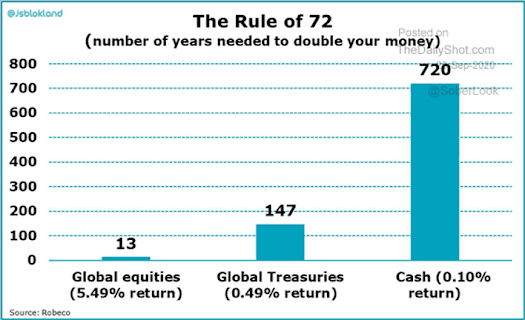The recovery in consumer spending, especially in the low-income category, is now positive YoY, even though employment rates in that category are still down 20% YoY.
The slower recovery in consumer spending by the high income group has had a disproportionate impact on the low income workers living in higher income zip codes because the reduction in consumer spending hit businesses in those neighbourhoods hardest. As these businesses lost revenue, they laid off their employees, particularly low-income workers. Nearly 70% of low-wage workers working in the highest-rent ZIP codes lost their jobs, compared with 30% in the lowest-rent ZIP codes.
Consumer spending by income:
The policy efforts to date haven’t led to a rebound in spending at the businesses that lost the most revenue, and as a result, have had a limited impact on the employment rates of low income workers.
Consumer spending by industry:
Percent change in employment by income:
Percent change in employment by industry:
The Q3 US GDP report noted that the downturn as a result of COVID-19 was led by services consumption which is usually the most stable component of GDP and is also seen as lagging in the recovery. Goods consumption is what’s driving the recovery. This shows how incredibly atypical it is and represents a sharp dichotomy in the economy.
From a policy perspective, if you stop imports, the goods recovery will flow through to employment from fixed business investment. But that’s not the case today.
Drawdowns over the past three decades.
Inflation
Inflation was +1.3% year-over-year in August, and +1.4% year-over-year in September. But here is the breakdown.
Active managers are under severe competitive pressure. If they don’t perform they will be removed and the money will go to a passive option, or at least an outperforming peer. Therefore their desire to take significant risk away from the benchmark is low. Active management has become like a game of musical chairs where it makes sense to hover close to the chairs at all times, rather than risk being at the other side of the room when one is pulled away.
Allied to this defensive behaviour is the closely related problem of increased short-term thinking. The threat that most active managers face of being fired tomorrow has profound implications for decision making, both for individual managers and their employers. Is there any purpose in making a long-term investment decision if there is little chance you will be around to witness it come to fruition? Indeed, making such farsighted decisions may well hasten your departure.
Success in this game is based on the measurement of performance over increasingly contracted time horizons. Investors in active funds and managers of them consistently talk about results in terms of days, weeks and months. This is nonsense. Financial markets are hugely unpredictable and chaotic, and discerning skill is incredibly difficult. Over short-time horizons it is impossible.










































